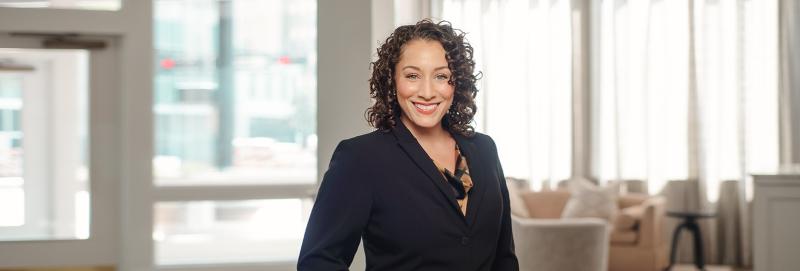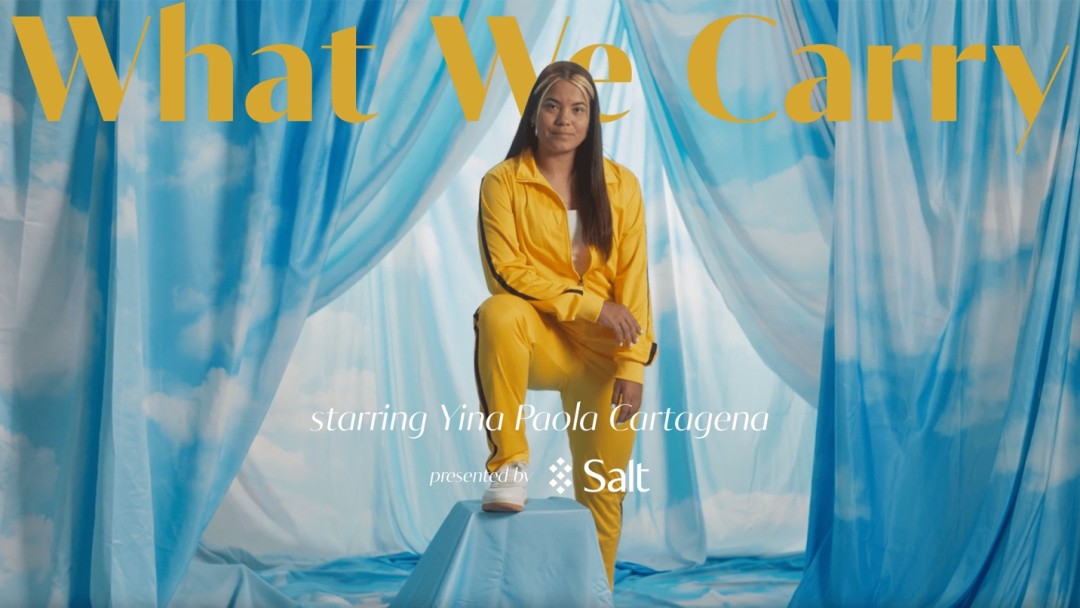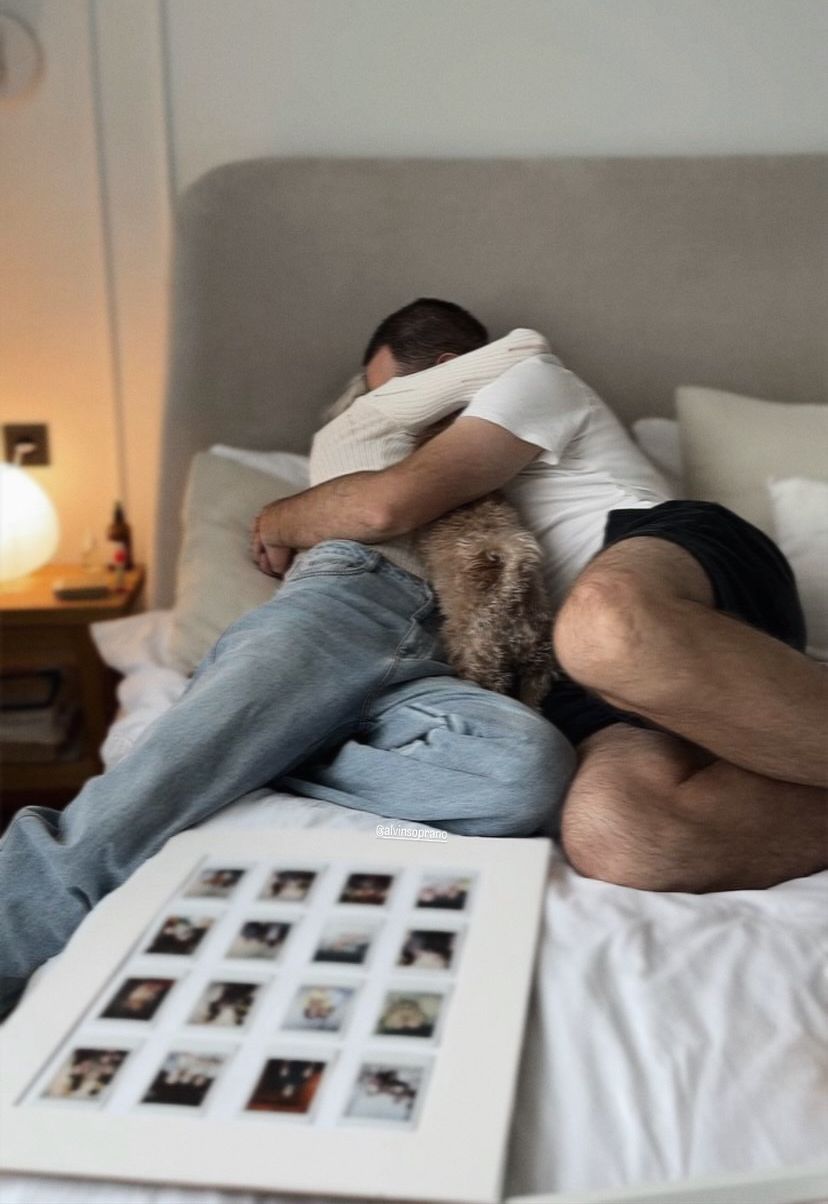As interior design continues to evolve, some of the most recognizable hallmarks of millennial style are giving way to new preferences that prioritize warmth, texture, and individuality.
Miami-based interior designer Katie Gutierrez, co-founder and principal of Errez Design, has emerged as a thoughtful voice in this ongoing shift. Recently featured in both Newsweek and The Spruce, Gutierrez has shed light on which elements of millennial design have endured—and which are quietly falling out of favor.
In an interview with Newsweek, Gutierrez analyzed the gradual decline of certain design staples that once defined the millennial era. Among them are the ubiquitous amber glass soap and shampoo bottles, which became a budget-friendly way to add a touch of luxury during the height of minimalism. “Amber glass soap and shampoo bottles were definitely a trend during the age of peak millennial minimalism,” Gutierrez told Newsweek. “But today, more people are opting for sculptural glass, textured ceramics, or anything that looks collected rather than ordered in bulk.”
Gutierrez also commented on the waning popularity of matte black fixtures, once considered a must-have in modern homes. While matte black hardware offered a clean, bold statement, homeowners are increasingly moving away from the finish because of its upkeep challenges and its colder, sometimes stark appearance. “Matte black fixtures were widely used by millennial homeowners, but they’re high maintenance and can make even a clean space look marked by fingerprints and water spots,” Gutierrez said. In their place, finishes like brushed brass and polished nickel are gaining traction for their ability to bring warmth and character to kitchens and bathrooms.
In a separate feature for The Spruce, Gutierrez weighed in on the surprising staying power of millennial pink—the soft, blush hue that many once dismissed as a passing fad. Contrary to early predictions, the color has earned its place as a modern-day classic. “Millennial pink didn’t just trend—it resonated,” Gutierrez explained. Its versatility has helped it endure, functioning as a soft neutral that pairs well with both bold accents and understated palettes.
Gutierrez’s perspective reflects broader changes within the interior design industry, particularly in design-forward cities like Miami where her firm, Errez Design, is based. While sleek, minimalist looks once defined many contemporary homes in the region, a growing number of homeowners now favor richer textures, layered finishes, and personalized touches that feel curated rather than ordered straight from a catalogue.
At Errez Design, Gutierrez and her team have long embraced this philosophy, prioritizing spaces that tell meaningful stories over those that simply follow trends. The studio’s projects frequently blend vintage finds, unique finishes, and collected objects to create environments that feel warm, lived-in, and unique to each client.
Taken together, Gutierrez’s insights in Newsweek and The Spruce point to a clear message: while some millennial design elements like millennial pink have adapted and endured, others—like formulaic minimalism and one-size-fits-all décor hacks—are giving way to a deeper desire for authenticity and character. For many homeowners, the goal is shifting away from a perfectly styled Instagram-ready room and toward a home that feels genuinely personal, layered, and able to stand the test of time.














